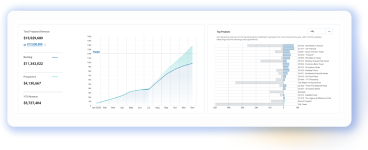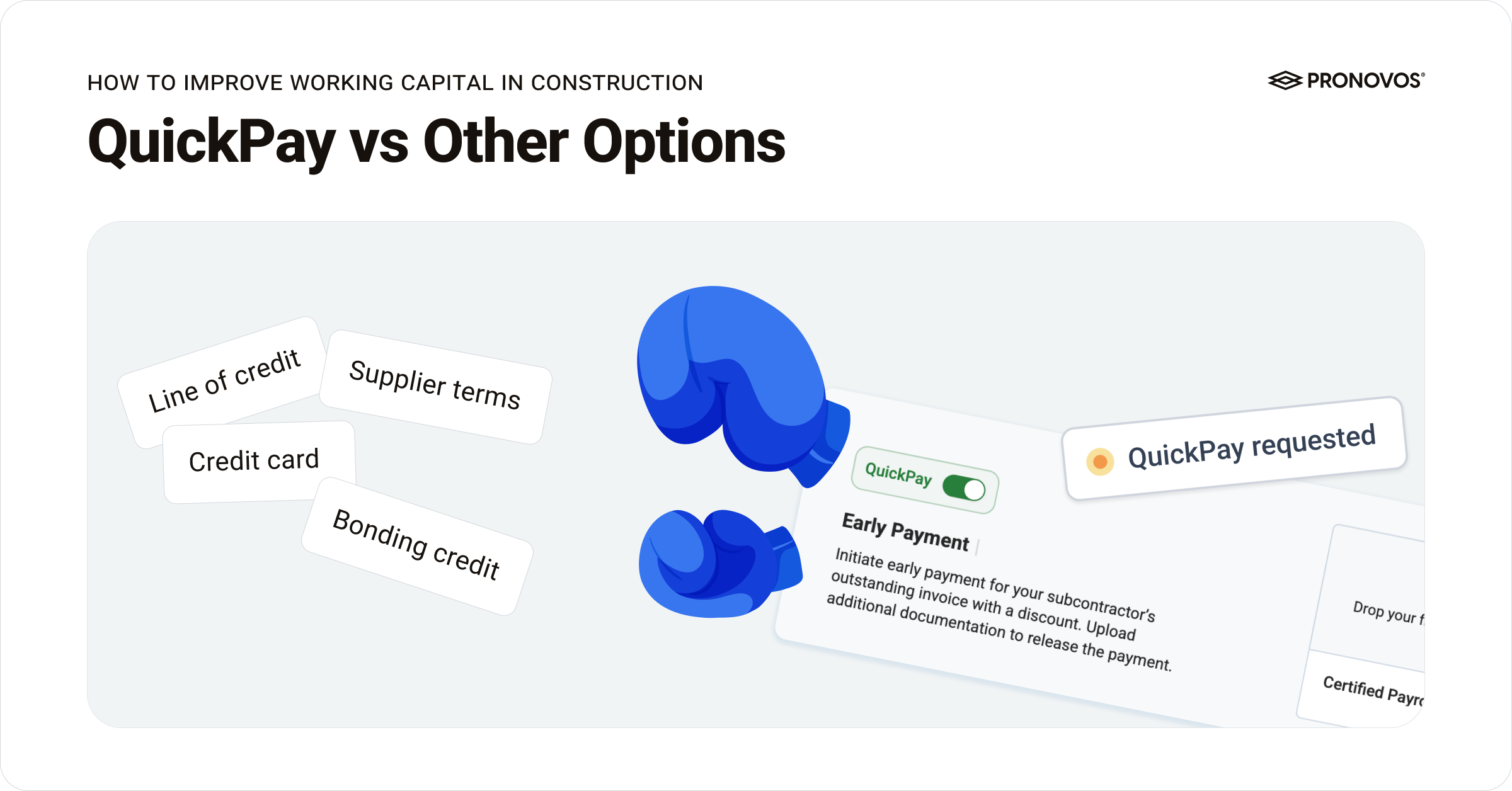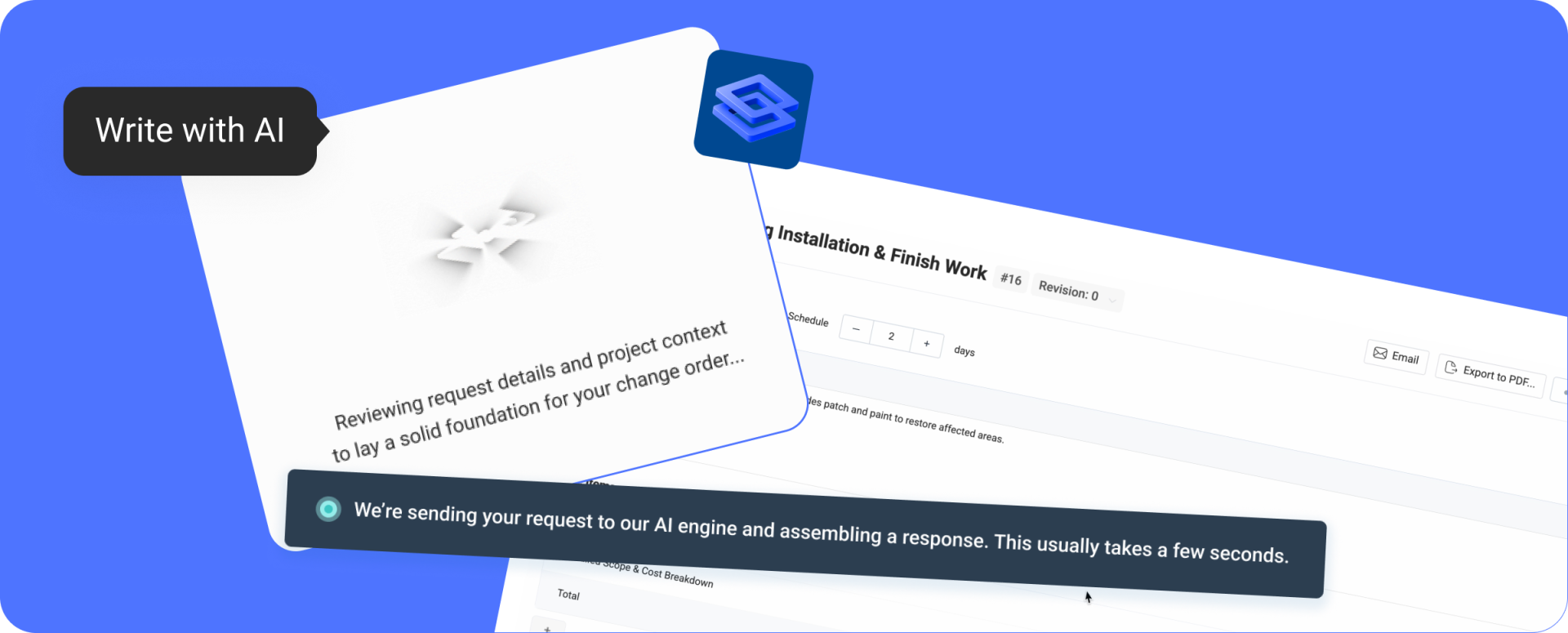What’s next for construction? Growth? Challenges? A little of both?
Between now and 2030, the industry is headed for a major shake-up. Contractors who take action now—leveraging data-driven strategies and modern financial intelligence—will be the ones who thrive. Those who stick to outdated methods? Well… let’s just say the market won’t be kind.
That’s why we created this eBook. Written by ProNovos’ CEO & Chief Data Scientist Bruce Orr, this is your roadmap for staying ahead in an industry that’s changing faster than ever.
Navigating the Future: How ProNovos Aligns with Construction Trends for the Rest of the Decade
As we approach the next five years, the construction industry faces a critical period that could determine the success or failure of many businesses. Economic forecasts suggest this may be the last major window for solid growth before a potentially unprecedented downturn begins around 2030. Therefore, the period from 2025 to 2030 is essential for positioning your company to withstand future challenges and maintain a competitive edge.
For contractors, the stakes are higher than ever. Thriving in a shifting economy requires assessing your strategies now—whether that means maximizing growth, outperforming competitors, acquiring businesses, or planning an exit. The key to long-term success lies in education, technology, and proactive decision-making. Companies embracing forward-thinking approaches today will be best positioned to navigate both the coming boom and the following challenges.
As you read this ebook, consider the transformative potential of proactive adaptation. While change can be daunting, standing still in a rapidly evolving landscape invites stagnation and missed opportunities. The construction industry is entering an era of significant shifts, from retiring legacy makers to technological advancements to fluctuating economic dynamics. Those who recognize these changes as opportunities for innovation and leadership will shape their futures and the direction of the industry.
This eBook explores key trends shaping the construction industry from 2025 to 2030, real-world examples of contractors leveraging data, and actionable strategies to prepare for the future. As the author, I want to share a personal note: I’ve spent countless hours laboring over billions of dollars worth of construction data, driven by a passion for uncovering insights that can transform this industry. Building a robust data analytics company was not merely a career move but a mission to deliver clarity in a field often plagued by complexity and “gut feel.” These insights are born from dedication and the relentless pursuit of solutions, and I am honored to share them with you. By aligning with these findings, contractors can navigate the complexities ahead and seize unprecedented opportunities.



 Bruce Orr
Bruce Orr

